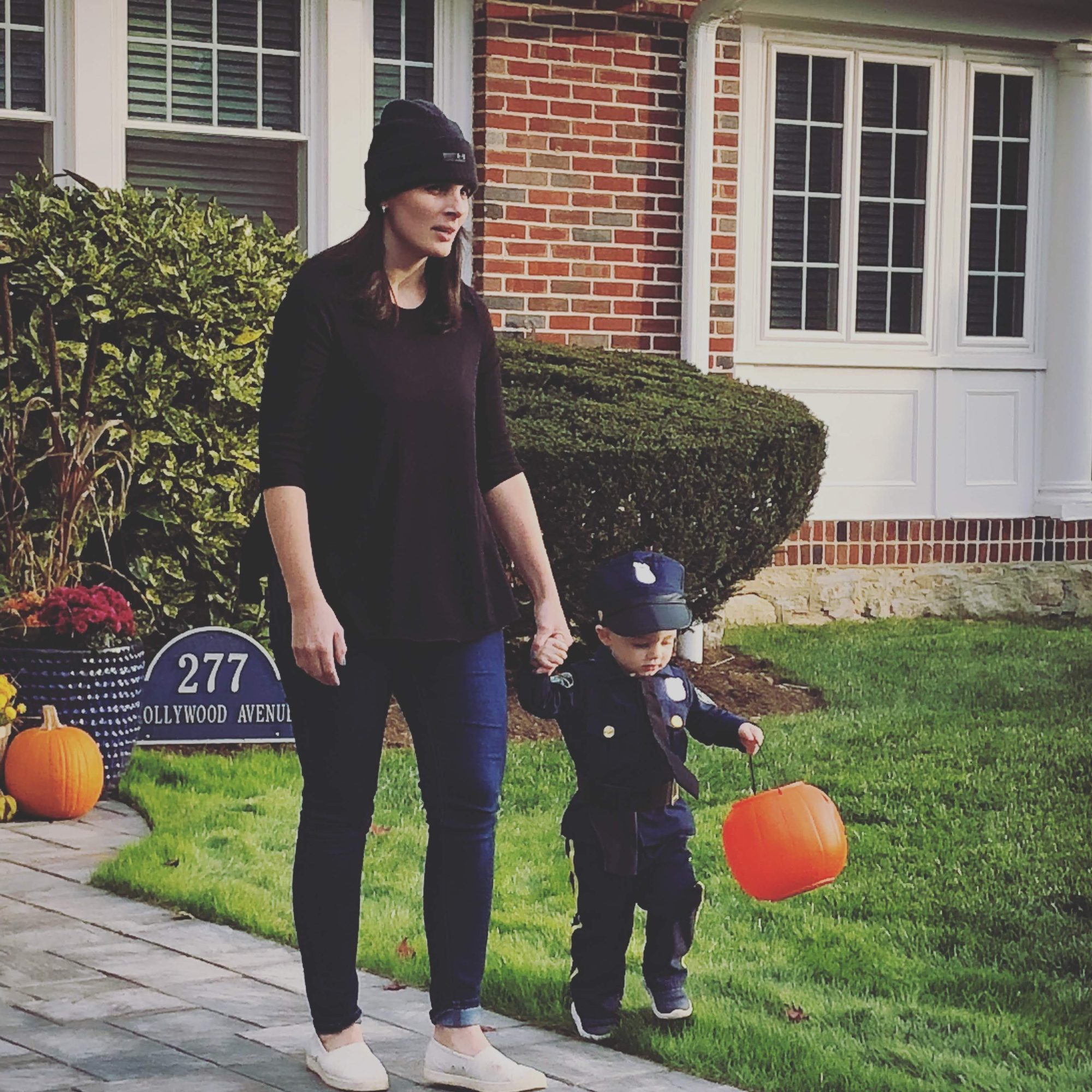Eight weeks after I gave birth to my second child, a sudden feeling of warmth and the quick realization that I was bleeding through my favorite pair of Levi’s sent me racing up the stairs to the toilet. Sitting there, I watched several generously sized clots pass, and a steady stream of blood fall into the toilet. I sat there for a long time, trying to get the bleeding to stop and clean myself up, but the blood kept coming. When I realized the bleeding wasn’t slowing, I called my husband to come upstairs.
“I think you need to take me to the hospital,” I told him.
In the ER, I waited while sitting on a towel, afraid I would gush again. I made it to triage and was relieved when the nurse told me my vitals were normal. No racing heart rate. No low blood pressure. My body was not compensating for the blood loss, and knowing that lessened my anxiety. The bleeding had slowed at that point. My nurse-brain relaxed, knowing how quickly scenarios like this can turn south.
I was sent for an ultrasound, labs were drawn, and I saw the physician assistant who examined me. The finer details of my ER visit have been lost upon me. Ultimately, I was discharged with “a heavy period.” No way.
“Absolutely no way was this a heavy period,” I said to my husband, who wholeheartedly agreed after what he had just witnessed. I was sitting on the toilet for a good hour with constant bleeding and passing large clots.
How could anyone say this was a period?
The bleeding happened on a Sunday. First thing Monday morning, I called my OB’s office and explained what had happened. They fit me in immediately. My doc took one look at me and said I needed to have surgery. He said I looked pale from the blood loss and probably had a retained placenta. He stepped outside to read the ultrasound from the hospital, which confirmed his suspicions. The next day I had a D&C to remove the retained placenta, and after a week of light and expected post-op bleeding, it was as if nothing had been wrong in the first place.
Looking back, there were signs.

Some were so subtle, but now they stand out and could not be more obvious. There is a picture of me from Halloween, holding my two-year-old’s hand as we walk back from a house, trick-or-treating. He was a police officer, and I was the robber. The look of discomfort and tiredness on my face is palpable through the image. I even remember saying we needed to head back to the house because I suddenly felt tired and sore. That was only two weeks after the baby was born, so I thought nothing of it. Only it wasn’t normal tiredness. My body was fighting off what it thought to be a foreign body inside me, and I was run down.
Then there were the fevers. Hello, HUGE red flag.
The fevers and constant breast soreness, and clogged milk ducts from breastfeeding led everyone to conclude the obvious- mastitis. So I was put on antibiotics. Several times, another fever would spike each time I finished the antibiotic. The clogged milk duct and the achy breasts (all normal and common postpartum complications) masked the retained placenta.
I even had my six-week postpartum appointment with my OB. I mentioned how I was still bleeding, sometimes a little heavier than what I expected then, but I was reassured it would stop soon. And that was a perfectly reasonable answer because I had bled for seven weeks after my first son was born, which stopped on its own. Every feeling and every symptom I experienced had a perfectly acceptable rationale. However, that explanation was never a retained placenta.
When I write all of this down, I feel like a complete idiot.
How could I have gotten this wrong? I’m a nurse, for goodness sake! I should have realized that the fevers, tiredness, and longer than six weeks of bleeding amounted to something more. However, I was not having severe pelvic pain, I did not have any foul-smelling discharge, and I was not passing any clots until the day I bled exceptionally heavily. Many of my symptoms were reasonable for more likely other and less serious postpartum complications. After some research, I learned that this misinterpretation of symptoms could be quite common for someone experiencing a retained placenta.
In the end, I realized that I did everything right.
I got checked out when I was having fevers. I voiced my concerns to my providers. I kept pushing and sought care because the explanation of a “heavy period” did not feel right. My husband and I even remember the midwife flipping my placenta over after childbirth to check for missing pieces. For a long time, I blamed the fact that this went undetected for so long. But I have come to a place of acceptance which can be attributed to writing my story.
The body is remarkable. Our bodies can compensate to survive and heal. Our bodies can communicate and self-preserve.
I hope I have brought some awareness to delayed postpartum hemorrhage/retained placenta because it can be misdiagnosed and easily confused for other complications of the fourth trimester.




















